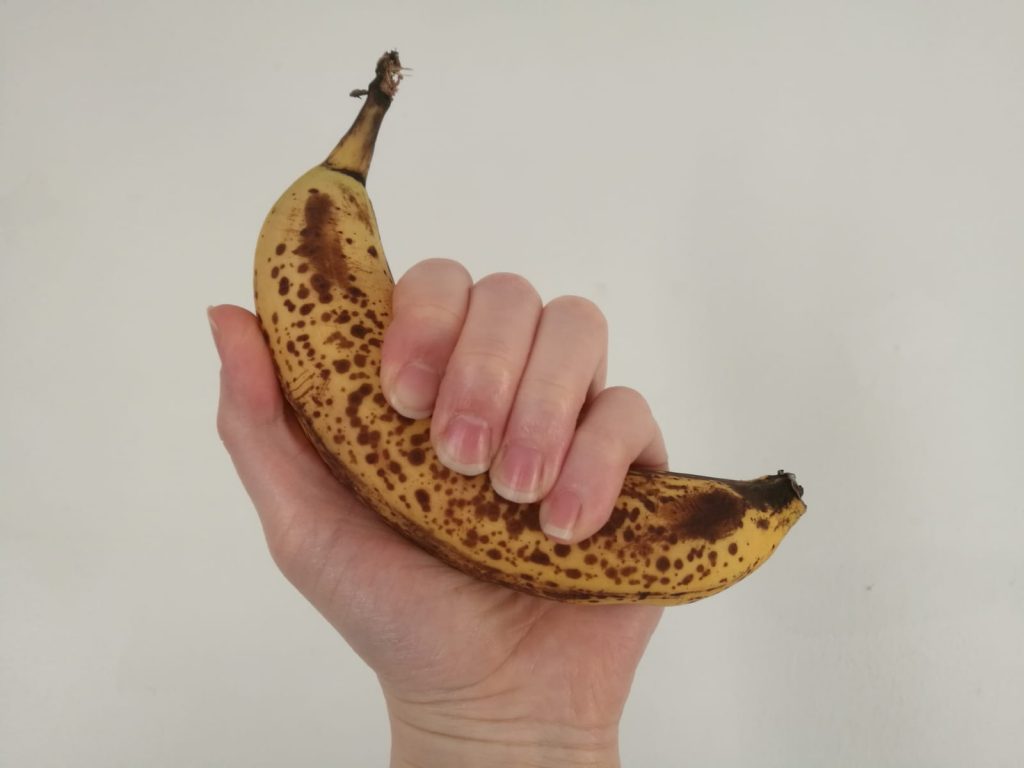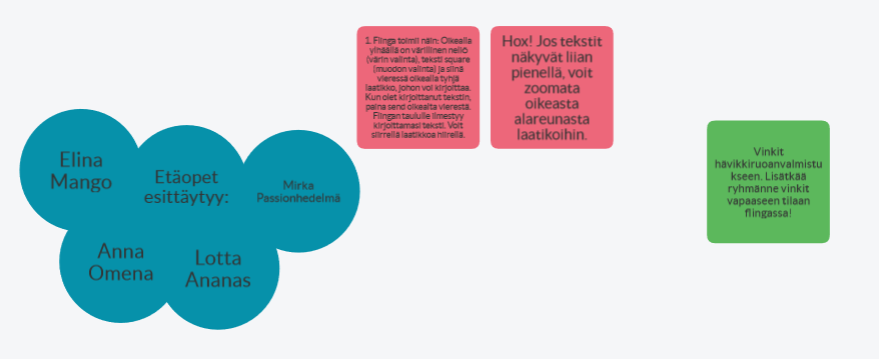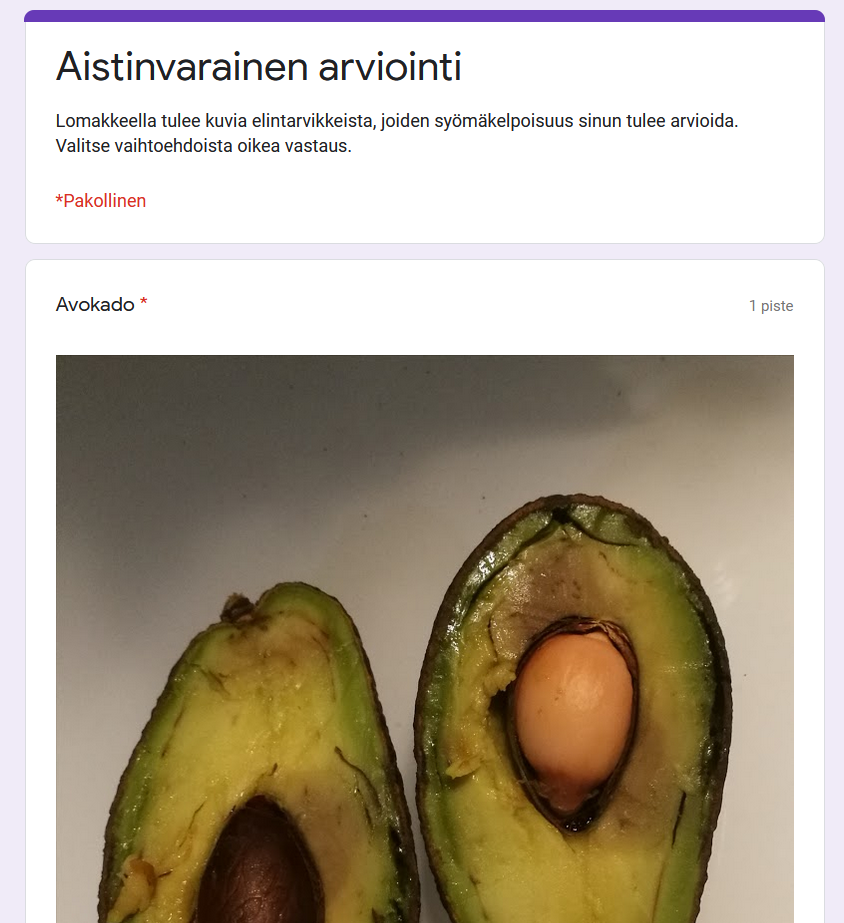Olga-Maaria Mattila & Heli Orhala-Halminen
This summary is part of the study module PED006 Opettaja työnsä tutkijana (Teacher as a researcher of her/his own work). This course is a part of Master’s studies in Home Economics. In this course, we had to distance-teach the upper level pupils in comprehensive school, because of the worldwide COVID-19 pandemic. At first, we had to teach pupils by distance so that they would have been in school. But the pupils were also at home, because due the corona restrictions, all schools were closed, and all teaching took place as distance teaching and learning. The main theme of this course was teaching differently – we also had to consider gender-sensitive and distance teaching issues.
Who? How? Where?
The teaching experiments took place over the network so that everyone used their own technical equipment – computer, tablet computer or smartphone. The baseline for distance learning is that pupils use technical equipment of the school (Opetushallitus, 2021). In our teaching experiment, we used Microsoft Teams and Padlet as joint platforms, which were already familiar to pupils. We ended up using Microsoft Teams because the school where we gave the distance learning experiment, uses it on a daily basis already. We chose to use Padlet because it is an easy-to-use, free platform on which a teacher can create a wall for assignments and pupils can complete it. Padlet does not require registration. You can create your own Padlet-platform here: https://fi.padlet.com/
We chose our own topic for the lessons. We chose to teach about the lifecycle of the clothes by using an adventure pedagogy. We kept lessons to pupil on 7th and 8th grade. First lessons were given to 8th grade pupils. Lessons were both 2 x 45 minutes long. We used Microsoft Teams’ breakout room -function to divide pupils into smaller groups with 4 to 5 pupils.
The main goal of the lessons was to teach pupils about the lifecycle of clothes including the price, how to take care of clothes (washing, folding etc.) and how to recycle clothes after use. The skill we chose to teach was how to fold a long-sleeve and a short-sleeve shirt and three different kinds of socks – ankle socks, short crew socks and crew socks – by Marie Kondo’s KonMari -style – (pictures 1 & 2). We taught this skill by showing teaching videos and showing in person how to fold shirts and socks.

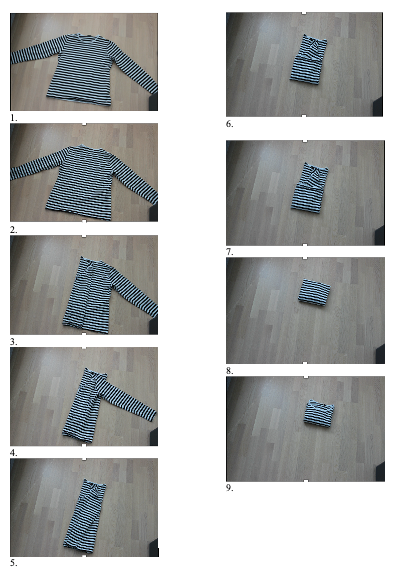
Educational baselines
The pedagogical framework for our teaching experiment was based on the socio-constructivist approach to learning. In this approach, the pupil is an active agent who learns, sets goals, and solves problems in interaction with others. The socio-constructivist view of learning is also relevant to the subject of Home Economics, as it, for example, highlights the importance of cooperation and interaction skills. The role of the teacher is to be a constructive instructor as well as to guide the pupil’s learning in social interaction.
To organize the interaction, we used large groups, small groups and individual modes of work. In large group teaching, only the teacher is active while the pupils are in a passive role. Small group teaching supports active interaction between pupils, which helps them to understand the subject more extensively.The pupils play an active role as both researcher and producer of information. Individual work allows students to work at their own pace and is essential in practicing skills. Teaching a new skill – folding shirts and socks– included all these three forms.
In this teaching experiment, we utilized simultaneous co-teaching. Generally, co-teaching emphasizes the importance of collaboration and planning with another teacher. Central in the co-operation between teachers is the ability to discuss with a colleague, to give up one’s own preconceptions as a teacher and to find together the best way to implement the planning and implementation of teaching (Pruuki, 2008, 62).
Using an adventure pedagogy in teaching
Before the lessons, we instructed the pupils to take garments for distance learning such as long-sleeved shirt, T-shirt, and different kind of socks. The teaching session began with an introduction. After the presentation, the pupils were shown a video (picture 3).
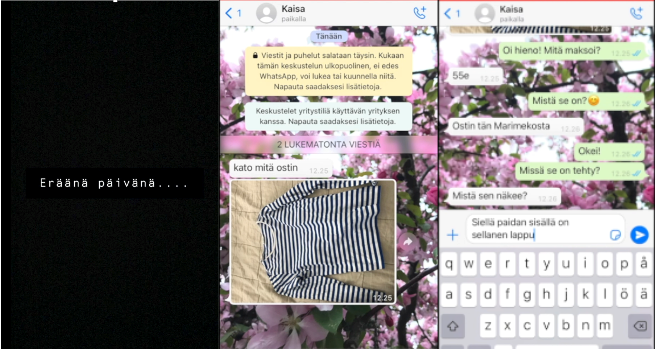
You can watch the teaching video here: https://www.youtube.com/watch?v=t6Bbk-uJtrM.
After watching the video, we divided pupils into smaller groups, and they worked together in different kinds of game points. The game points were:
- The first game point was to consider the formation of the price of clothing by first reading the article independently and answer to the questions given in the group.
- The second game point was about teaching a new skill – folding clothes. On the second lesson, we left out the second game point and taught the folding of the clothes in a large group.
- In the third game point, the pupils get acquainted with the care instructions for clothes included in the teaching session and taught the characters to each other in the group.
- At the fourth game point, the pupils had to get information about the recycling of the clothes and tell about one recycling option of their choice.
In our teaching experiment, experience and adventure pedagogy appears through a converging continuum in teaching. Initially, pupils were shown a video that they could possibly identify with. The video challenged the pupils to consider buying and caring for clothes. The video presented students with a riddle (the so-called question of the day) in which pupils search for answers at game points. The game point tasks were designed to support the structure of the lesson continuum.
After working in small groups, we went through the students’ responses in Padlet together. At the end of the lesson, pupils could give anonymous feedback to us about the lesson.
How to modify this teaching experiment?
The teaching experiment could use an instructional video to teach the folding of the clothes, where learning would be supported by captions and recorded speech. The instructional video should also be slower so that videos don’t have to be paused or watched many times in-between teaching. It would have also been a good idea to make a pictorial instruction for the pupils in a separate file, including a written text.
References
Cantell, H. (2010). Ratkaiseva vuorovaikutus. Pedagogisia kohtaamisia lasten ja nuorten kanssa. Jyväskylä: PS-Kustannus.
Kondo, M. (2016). KonMari. Siivouksen elämänmullistava taika. Helsinki: Bazar Kustannus Oy.
Opetushallitus. (2021). Perusopetuksen järjestäminen 1.1.2021 alkaen. Verkkodokumentti: https://www.oph.fi/fi/koulutus-ja-tutkinnot/perusopetuksen-jarjestaminen-112021-alkaen Viitattu 27.4.2021
Pruuki, L. (2008). Ilo opettaa. Tietoa, taitoa ja työkaluja. Helsinki: Edita.







